A slitter is a device used to cut large raw materials into small pieces or rolls. The traditional control scheme is usually based on PLC (programmable logic controller) control system, its main function is to realize the automatic control of the equipment lifting, feeding, cutting, detection, discharging and other processes. Below, we will briefly introduce the slitting machine of the traditional control scheme.
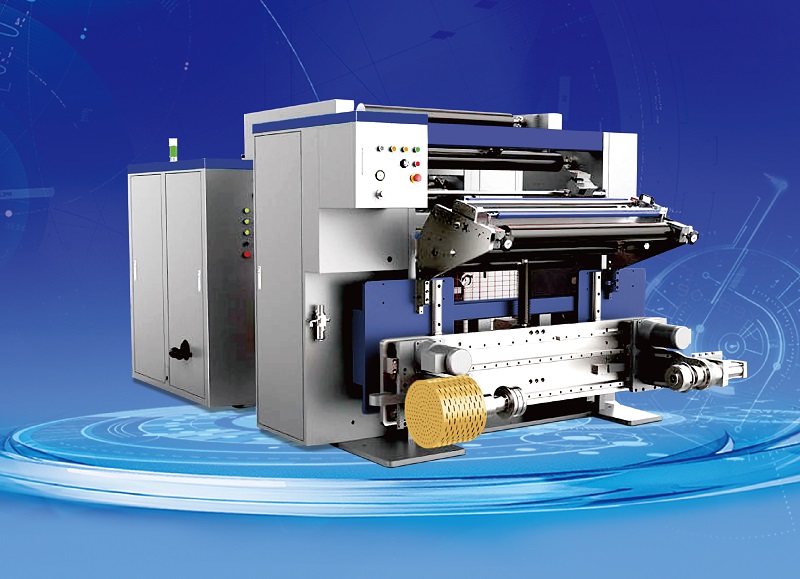
First, the feeding process. When the raw material is placed on the feeding table, the sensor detects it and transmits the signal back to the PLC. After the PLC receives the signal, turn on the lift, raise the raw materials to the cutting table, and after the lift is in place, send the signal back to the PLC.
Secondly, the cutting process. When the lift is in place, after the PLC receives the signal, it turns on the cutting machine and cuts the raw materials according to the preset cutting rules and lengths. The slitting machine of the traditional control scheme can realize a variety of cutting methods such as fixed length, fixed width and fixed weight, which improves the flexibility and cutting accuracy of the equipment.
Next is the discharging process. After the cutting is completed, the PLC controls the receiving table to raise and move to the cutting position, collect the cut blanks, and lower the elevator at the same time. At this point, the machine's outlet can transfer the cut pieces to the next processing or storage system.
Finally, there is the self-monitoring process. The entire control system also includes a self-monitoring function to ensure safe operation of the equipment. If an abnormality or failure is detected in the system, the PLC automatically stops the equipment and issues an alarm to remind the operator to maintain the equipment.
In general, the slitting machine control of the traditional control scheme is simple and stable, but it pursues standardized and high-repeatability production performance, and cannot adapt to the individual needs of subdivided fields and complex specifications. With the development of information technology, the adaptive intelligent control system has gradually replaced the traditional control system, which can be intelligently adjusted according to different raw materials and different processing methods, so as to achieve more efficient and intelligent production methods.
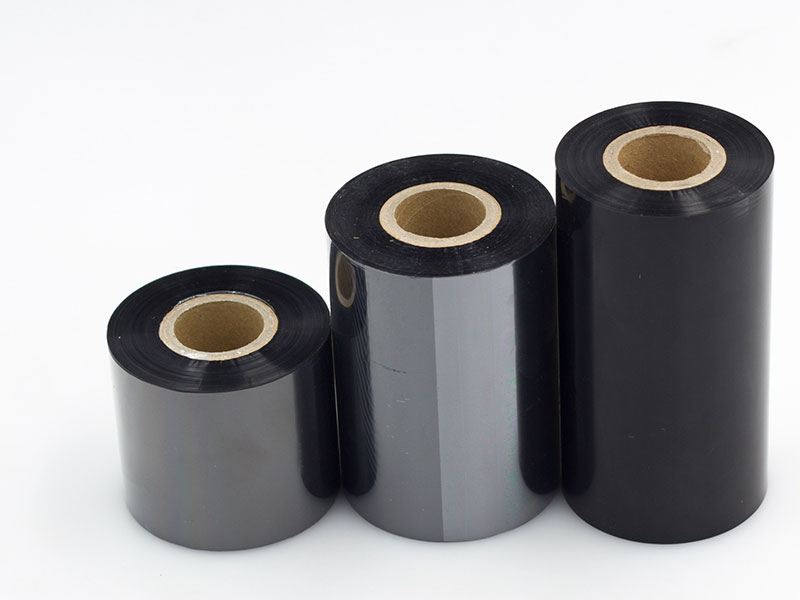
not just a tool for production, but a gatekeeper of quality, signing an unspoken guarantee of quality with its reliability.
12. December, 2025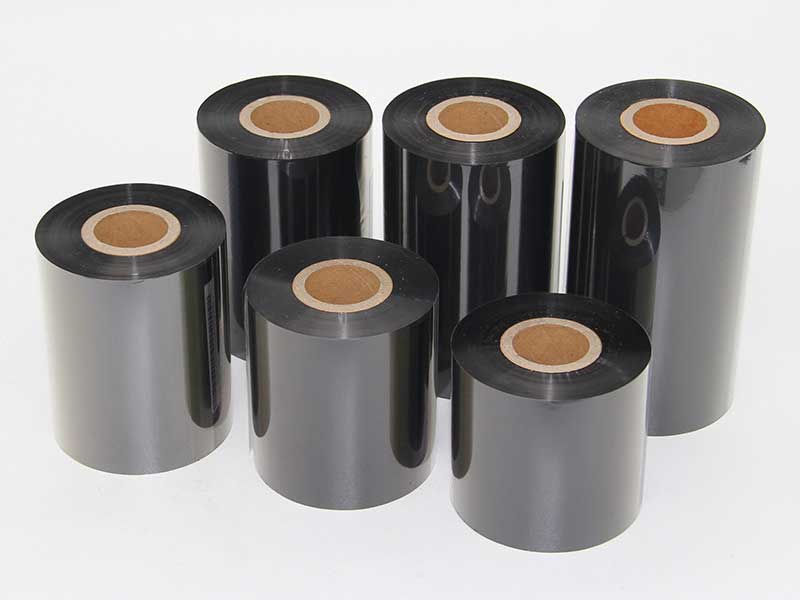
Its evolutionary trajectory clearly points to two dimensions: rock-solid reliability and smooth flow of water
12. December, 2025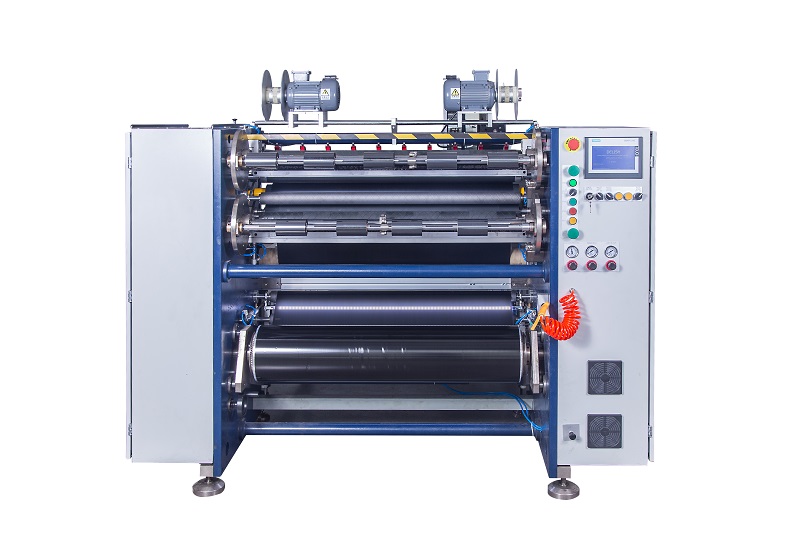
Behind the low failure rate of ribbon slitting machine is the result of the cross-integration of materials science, mechanical engineering, control theory and information technology.
12. December, 2025
how to choose a ribbon slitting machine that suits your needs? This article will give you a detailed analysis to help you grasp the core points in the purchasing process.
11. December, 2025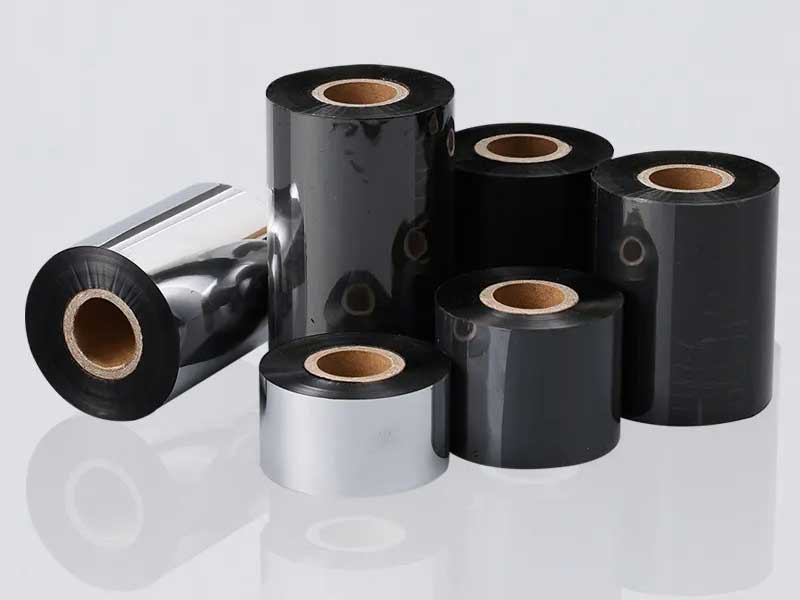
So, is the ribbon slitting machine easy to operate? Let's uncover the secrets of its convenient design together.
11. December, 2025